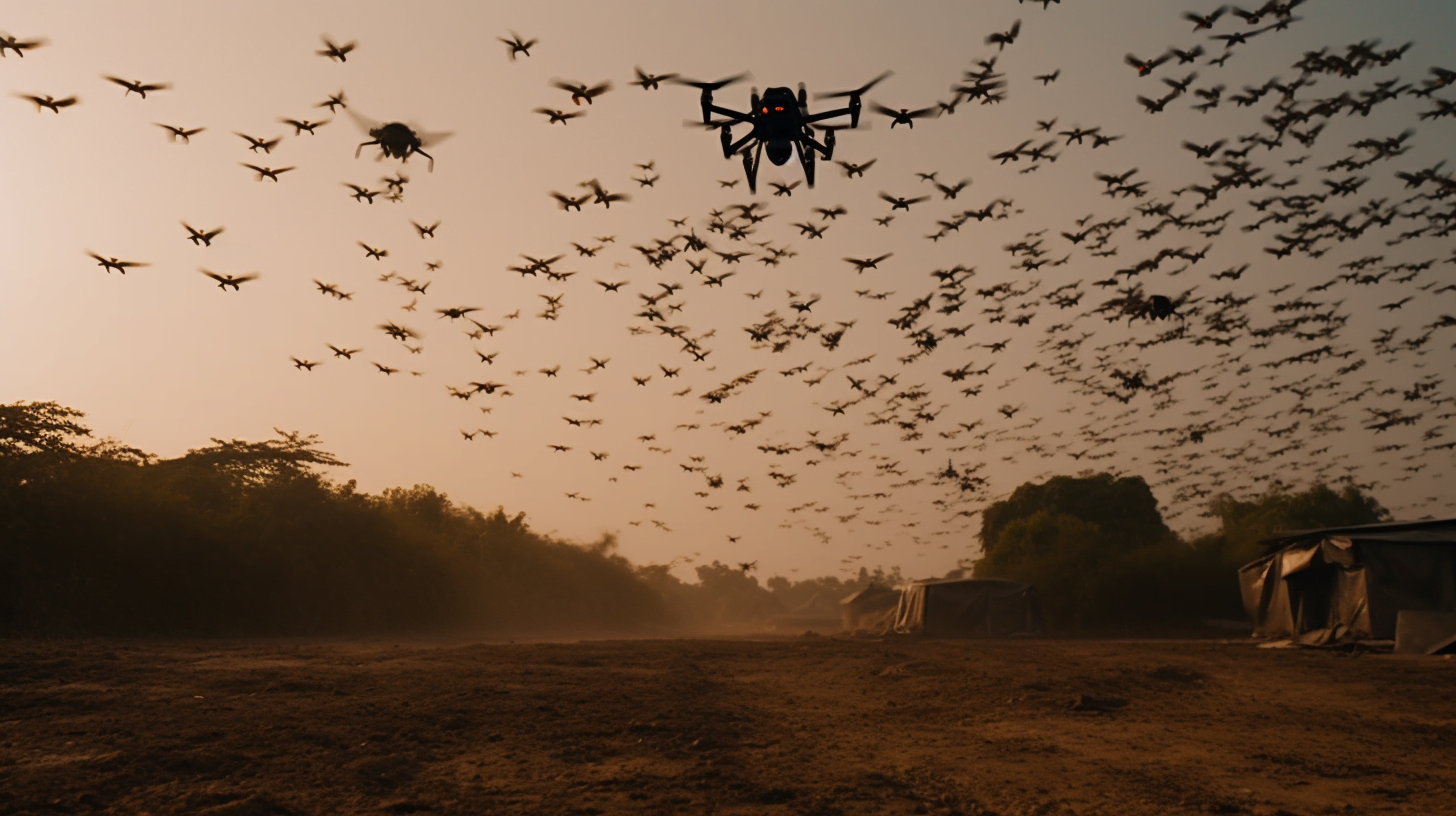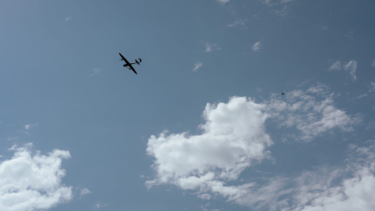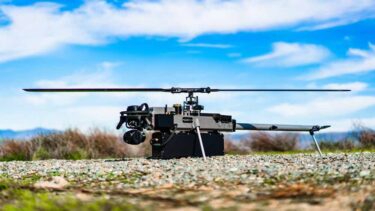The Pentagon wants new weapons to counter the threat of AI-controlled defense systems, as seen in the war in Ukraine.
With the proliferation of low-cost, autonomous drones on the battlefield, the U.S. Department of Defense is urging the development of countermeasures. Recent wars like those in Ukraine illustrate how these inexpensive yet smart technologies can outwit traditionally pricey and conventional warfare assets. Case in point: a $2,000 DJI drone from China was able to take down a Russian T-90 tank worth millions.
The undeniable effectiveness of these weapons in various global conflict zones has set off alarm bells at the Pentagon. The urgency is high to discover answers that can outsmart these potentially devastating threats. Recently, the Defense Department's Research and Engineering Under Secretary put out a call to arms, so to speak, for the industry to join forces in devising weaponry capable of countering threats from all corners - be it air, land, below ground, sea, or undersea.
DoD seeks multifaceted solution for UxS threat
The call to action document emphasizes, "Multi- and cross-domain Uncrewed Systems (UxS) continue to be a threat to U.S. forces around the world. This threat is expanding in all domestic and international regions." So it seems the race is on to stay one step ahead of this new face of warfare.
The statement refers to the need for weapons that can disable detection abilities, create barriers to hinder navigation, and deploy kinetic, directed-energy, and control-link defenses to neutralize physical and electronic attacks. Additionally, assessment capabilities should be provided to measure these defensive approaches' effectiveness.
No solution yet to the threat of cheap, smart drones
The Pentagon's vital areas of interest include novel sensors utilizing AI and machine learning for faster and cross-domains identification of drones, autonomous defensive technologies attacking enemy drones' navigation systems and onboard AI capabilities, and passive defeat capabilities exploiting weaknesses in unmanned systems' AI algorithms or cloaking potential drone targets.
This need statement stems from a growing understanding that cheap, AI-powered drones are likely to be a significant part of future battlefields. Despite experiments in counter-drone technology, such as General Dynamics Land Systems' Epirus Leonidas, which uses high-powered microwaves to take down drones, the DoD has yet to find a perfect solution. Industry and defense officials plan to meet in July to discuss counter-drone solutions and development strategies.






